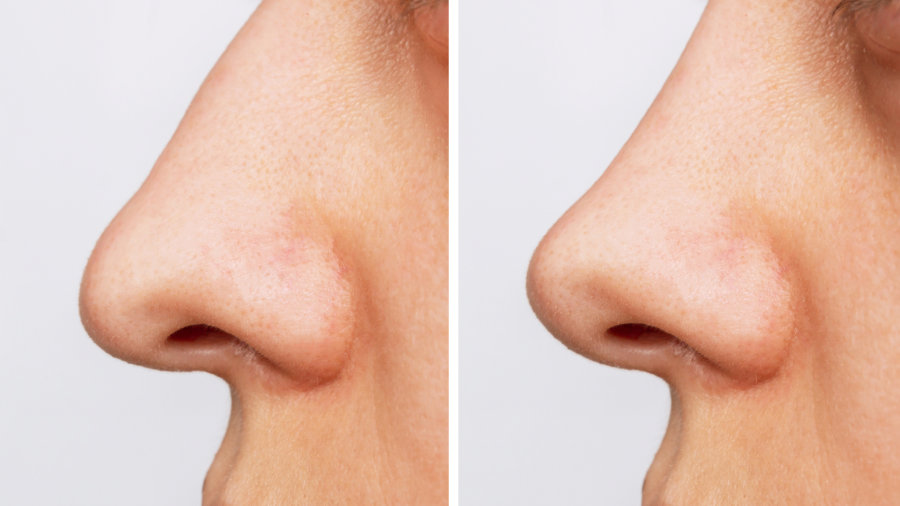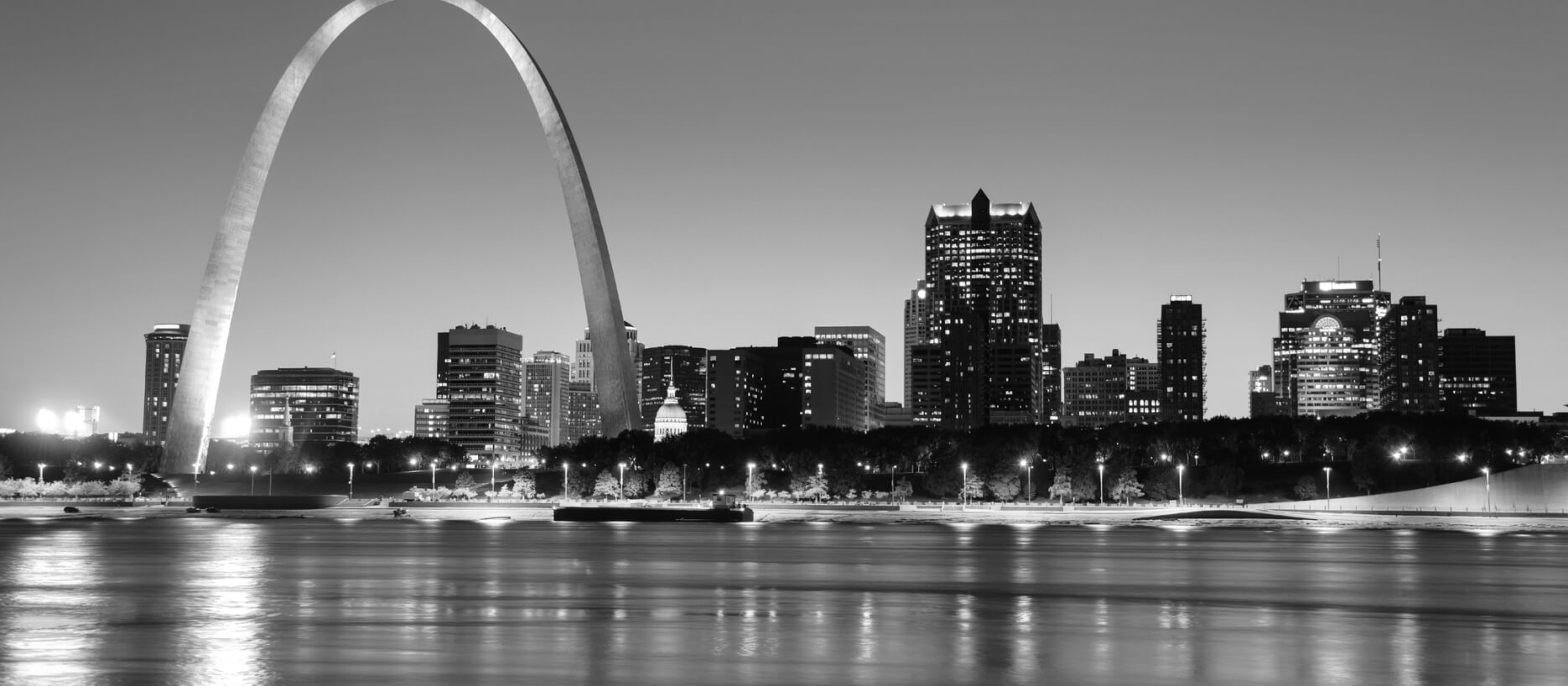If you’re considering nose surgery, chances are you’ve heard about traditional rhinoplasty. But have you come across the term “preservation rhinoplasty”? This innovative technique is gaining attention in the aesthetic world for its refined approach to nose reshaping. At Ridenour Plastic Surgery, we prioritize aesthetic excellence as well as long-term structural integrity and natural-looking outcomes. That’s why preservation rhinoplasty is an exciting option for many of our patients.
What Is Preservation Rhinoplasty?
Preservation rhinoplasty is a modern surgical technique designed to reshape the nose while keeping as much of the natural bone and cartilage intact as possible. Rather than removing the nasal hump by cutting it off from above, as is common in traditional rhinoplasty, preservation rhinoplasty reshapes the nose from beneath the bridge without disrupting the outer contour of the nose.
This technique enables smoother, more natural transitions while maintaining the nasal ligaments and attachments that contribute to the nose’s structural integrity and function. Although preservation methods have existed in some form for decades, recent innovations in tools and surgical precision have made them more accessible and effective than ever.
How Is It Different From Traditional Rhinoplasty?
Traditional rhinoplasty typically involves resecting, or cutting away, parts of the nasal bone and cartilage to reduce size, reshape contours or refine the tip. This often includes removing a visible hump on the nasal bridge and reconstructing the nose to restore its shape. While this method can be highly effective, it may result in longer healing times, more swelling and, in some cases, a slightly less natural appearance.
In contrast, preservation rhinoplasty takes a more conservative approach. Instead of removing the nasal hump from the top, this method gently reduces the height of the nasal bridge by adjusting the internal structures beneath it. Preservation rhinoplasty surgeons lower the dorsum (the bridge of the nose) by modifying the supporting structures underneath, such as the septum and nasal bones. The skin and soft tissues are then allowed to settle naturally over the reshaped framework, which helps preserve the original profile and results in a more organic appearance.
Preservation rhinoplasty also tends to preserve the functional aspects of the nose, which may reduce the risk of breathing issues or structural collapse over time.
What Are the Benefits of Preservation Rhinoplasty?
Preservation rhinoplasty offers several compelling advantages, particularly for patients seeking subtle refinements rather than dramatic changes.
Natural-Looking Results
By preserving the natural dorsal lines and soft tissue attachments, this technique produces results that appear more harmonious with the rest of the face. The goal is to create a nose that resembles a refined version of your own rather than one that has been altered.
Improved Structural Integrity for Long-Term Stability
Because the procedure maintains important ligaments and cartilage, the nose remains more stable over time. This reduces the risk of long-term changes or complications as the tissues settle, such as tip drooping or nasal collapse, which can sometimes occur with more aggressive resection techniques.
Faster Recovery and Less Swelling
Many patients experience less bruising and swelling after preservation rhinoplasty compared to traditional methods. The reduced surgical trauma allows for a smoother recovery and a quicker return to daily activities.
Better Airway Function
By minimizing disruption to internal nasal structures, preservation rhinoplasty may help maintain or even improve breathing. It can also be combined with functional procedures, such as septoplasty, to address issues with airflow.
Who Is a Good Candidate for Preservation Rhinoplasty?
While preservation rhinoplasty can be an excellent choice for many patients, it is not ideal for everyone. The technique is most effective in individuals who have:
- A prominent nasal hump with otherwise balanced nasal features
- A relatively straight nasal septum
- Good skin elasticity
- No history of previous nasal surgeries or severe nasal trauma
Patients seeking subtle refinement rather than dramatic reshaping are often ideal candidates for this procedure. However, individuals who require significant structural changes, correction of major asymmetries or revision surgery may benefit more from traditional or hybrid rhinoplasty techniques.
The best way to determine your candidacy is to schedule a consultation with a qualified facial plastic surgeon like Dr. Ridenour. During your consultation, he will examine your nasal anatomy, discuss your aesthetic goals and recommend the approach that will best meet your needs.
What Is the Recovery Process Like?
The recovery timeline for preservation rhinoplasty is generally similar to traditional rhinoplasty, but patients often report a faster return to normal activities. Swelling and bruising are typically less intense, and many people feel comfortable returning to work or social events within 7 to 10 days.
You may be required to wear a nasal splint for approximately one week, and your surgeon will provide detailed post-operative instructions to support your healing. Most of the visible swelling will subside within the first few weeks, although subtle changes may continue to develop for several months as the tissues fully settle.
Why Does It Work So Well?
Preservation rhinoplasty is effective because it respects the natural structure and function of the nose. By gently reshaping internal structures without removing large amounts of cartilage or bone, the procedure maintains a stable foundation that supports both appearance and breathing.
Additionally, the skin and soft tissues are not forced to adapt to a drastically altered framework. Instead, they drape naturally over the reshaped nasal structure, resulting in smoother contours and a more authentic appearance.
The technique allows surgeons to work with the body rather than against it. As a result, patients benefit from improved aesthetics, less trauma and better long-term outcomes.
Trust Ridenour Plastic Surgery for Natural, Beautiful Rhinoplasty Results
Preservation rhinoplasty is one of the most advanced and thoughtful approaches to nasal reshaping available today. At Ridenour Plastic Surgery in St. Louis, MO, we are committed to offering cutting-edge surgical options that deliver exceptional results with the utmost care.
Whether you are looking to refine your profile, improve nasal function or correct a nasal hump, we can help you determine whether preservation rhinoplasty is right for you. To learn more or to schedule your consultation, contact us today. Let us help you achieve the look you want while preserving the features that make you uniquely you.



